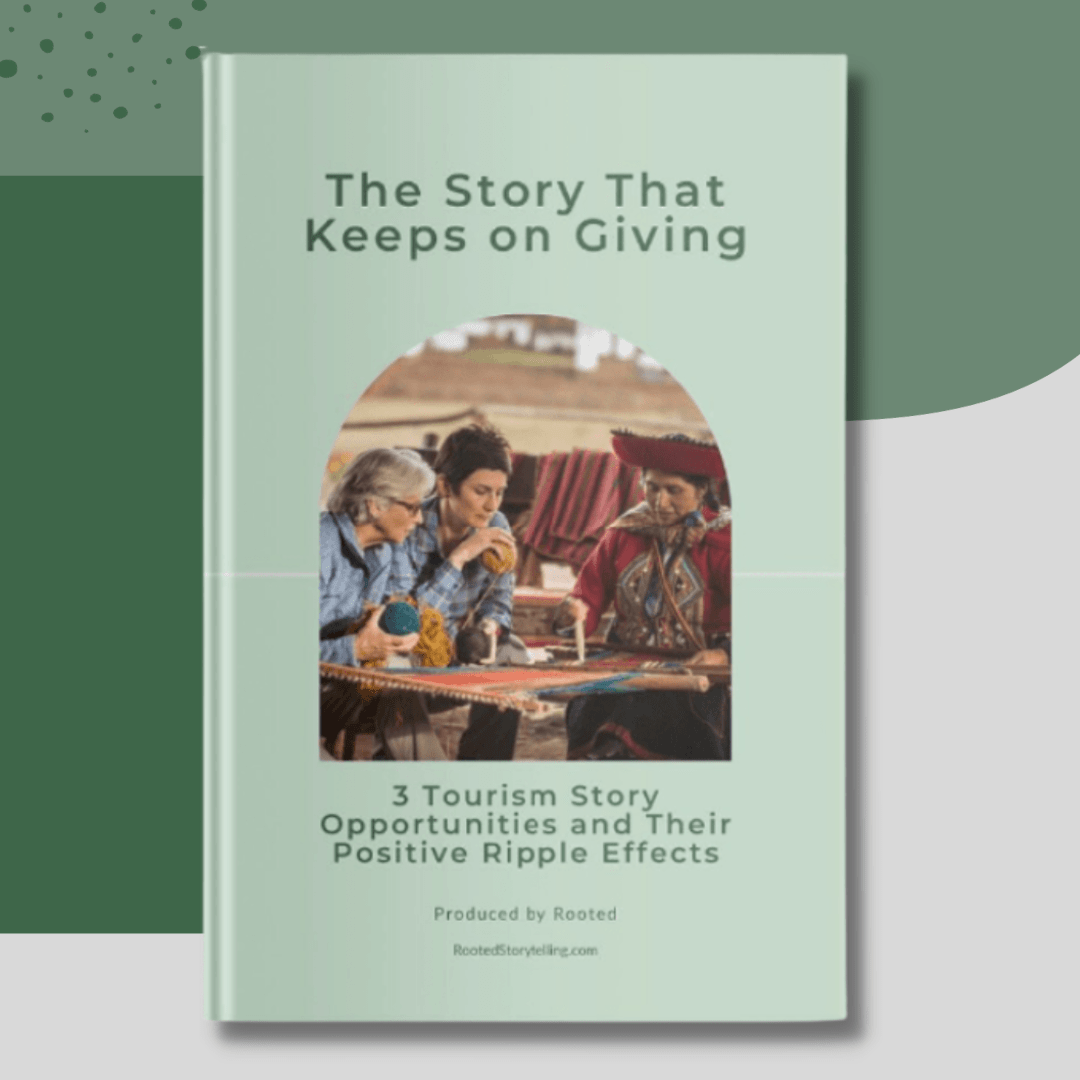Regardless of where people travel and what they choose to do, there are some consistent aspects of every single trip that always remain consistent: Everyone needs to eat, sleep, and (presumably) do something.
And if that’s the case, why not make those hours spent eating, sleeping, and participating in activities worth something to the community as well as the traveler?
Generally speaking, businesses designed to serve tourism have largely served travelers – but only travelers. Hotels are places to sleep. Restaurants are places to eat. Activities and sites offer something for people to do.
Yet, a growing number of social enterprises and social impact initiatives bumping up against tourism offer the chance for travelers to do all of that, and a little more, simply by sleeping, eating, and doing.
Social enterprises are businesses or organizations that use a commercial structure and strategy to maximize financial, social, and environmental improvements for society’s well-being. These organizations (as well as other less formally organized social impact initiatives) are built with holistic community well-being front and center.
Tourism + Social Impact Initiatives: The Many Benefits
In some cases, tourism is a vehicle to support these socially focused goals. In other cases, these enterprises are established with tourism serving as the sole revenue source for their success. Regardless, integrating these initiatives into travel experiences has a compounding benefit – for the enterprise, for travelers, and for the destination.
Tourism as Community Supporter
As regenerative practices become more popular in tourism, social enterprises are a natural fit for using tourism as a tool to support overall community well-being. While the traveler gets the thing they need – a place to sleep, a meal to eat, an activity to do – the real winner is the community through financial support for local residents’ health, education, job training, infrastructure, environmental protection, etc.
This is the point where tourism breaks out of its silo as a sole provider for traveler-centric desires. Instead, the enterprise's intention is deeply interconnected within the community, and tourism is simply the means by which the enterprise’s purpose is recognized. The community pain points that these enterprises or impact initiatives support already exist; tourism is a tool in the solutions toolbox to help resolve those pain points.
A Natural Segue to Hard Conversations
Social enterprises are focused on social problems like food insecurity, homelessness, and waste management. They often also specifically support people who are marginalized or otherwise on the fringes of mainstream society, such as people with home insecurity, refugees, migrants, children living on the streets, and people with disabilities.
All of these issues and all of these communities of people have largely been taboo tourism-related topics. However, social enterprises are normalizing their place in society and inviting conversations about them in the tourism context. Because social enterprises center challenging issues and marginalized communities in a way that offers a positive path forward, they also turn what could be perceived as “negative” or “bad” things into opportunities for community empowerment and agency.
Surfacing New Stories
The dominant narrative of a place is well known. This is the story that has been heavily reinforced, often to the benefit of those who travel with privilege who can move seamlessly and comfortably through spaces. This narrative is time-tested and consistent – but it’s also a bit outdated and boring too.
We know that places are complex. And yet, destination marketers have largely steered clear of this complexity by continuing to lean on those easy-to-digest, attractive narratives that have served it well in the past. It’s time to change that narrative, and one of the best ways to do this is to lean into the rich, diverse, and nuanced fabric that gives a place its unique identity. Highlighting stories about social enterprises – and the change makers behind them – is a great opportunity to embrace and showcase those aspects that make a place truly special.
From Awareness to Action
Social impact initiatives often offer local solutions to global challenges. While the exact circumstances may be highly localized, the local challenges that social enterprises address are universal. Issues like mass incarceration, gender inequality, and lack of access to education may not bump up against travelers’ day-to-day lives in their own communities, but chances are they aren’t that far removed. People are often blissfully unaware of those things that don’t directly impact them.
But travel is an opportunity for people to observe, ask questions, and become aware of aspects of society they wouldn’t normally encounter. That is, arguably, why people travel in the first place. It’s possible that their eyes are opened to something that inspires them to act – such as by making a donation, volunteering, or changing day-to-day habits – either within the host community or upon returning home. If this awareness-to-action pipeline manifests, then introducing these seemingly “unpleasant” realities through tourism is, in fact, a gift to society.
The Ripple Effect
Finally, when travelers become aware of what social enterprises are, how they operate, and how they benefit society, they see what is possible. They begin to understand how the way they spend money on things they want or need can have a positive impact on people and the planet.
When travelers can get a good night’s sleep – and also support youth training in hospitality careers – that’s a good thing. When they can eat – and know that supporting this particular cafe is paying someone from a marginalized community who wouldn’t otherwise have a job – that’s an impact that lasts long after the meal. When they can tour a city or participate in an activity that hits the sites and surfaces meaningful value for locals, that’s tourism that benefits a community.
And when all of this is possible, where they spend their money is a vote for what matters. With increased exposure and financial support, these tourism-tangential enterprises offer a blueprint for those businesses driven strictly by profit.




